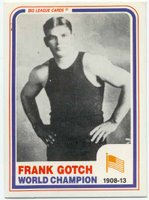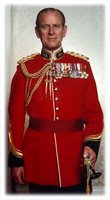How does one become a ninja?
 It would be nice if anyone who wanted to be a ninja could simply fill out a form and mail in a check. Unfortunately, mastering ninjutsu isn't like becoming a minister in a church advertised in the back of "Rolling Stone." This is one tough job. The history of the ninja isn't as glam as you might imagine. Many believe ninjas were peasants who, by law, weren't allowed to study samurai techniques. Instead, the castoffs created a new martial art that utilized espionage, disguise, and weapons that they could carry without arousing suspicion.
It would be nice if anyone who wanted to be a ninja could simply fill out a form and mail in a check. Unfortunately, mastering ninjutsu isn't like becoming a minister in a church advertised in the back of "Rolling Stone." This is one tough job. The history of the ninja isn't as glam as you might imagine. Many believe ninjas were peasants who, by law, weren't allowed to study samurai techniques. Instead, the castoffs created a new martial art that utilized espionage, disguise, and weapons that they could carry without arousing suspicion.Unlike samurai, ninja are largely mythical, having left behind little proof of their existence. Our modern perception (silent assassins dressed in black) is based largely on video games and movies. As far as we can tell, there's no present-day governing body to check your qualifications. You just gotta have the love.
That said, I did find several sites offering "ninja lessons." Who knows, you might learn a thing or two about the art of incapacitation. Also, the Iga-ryu Ninja Museum offers tips on living the "modern ninja life." If studying the pressure points in your ears and hands doesn't sound too fun, you could always live like these guys. Real ultimate power!
Receive post updates by Email































 Add my feed to your Rss
Add my feed to your Rss
